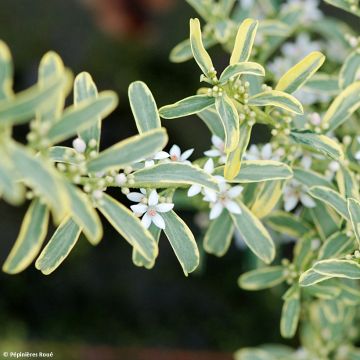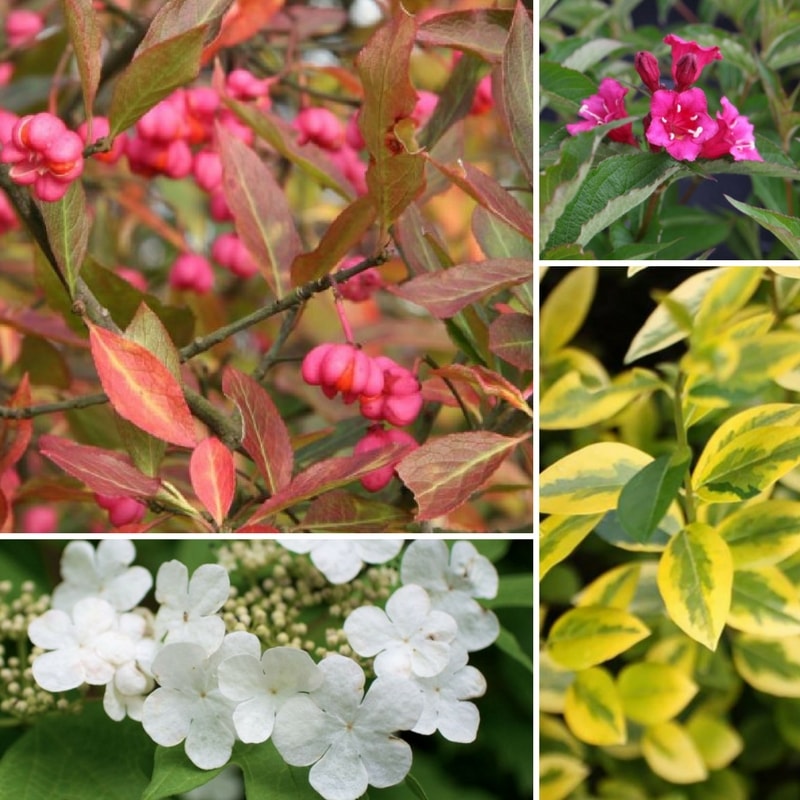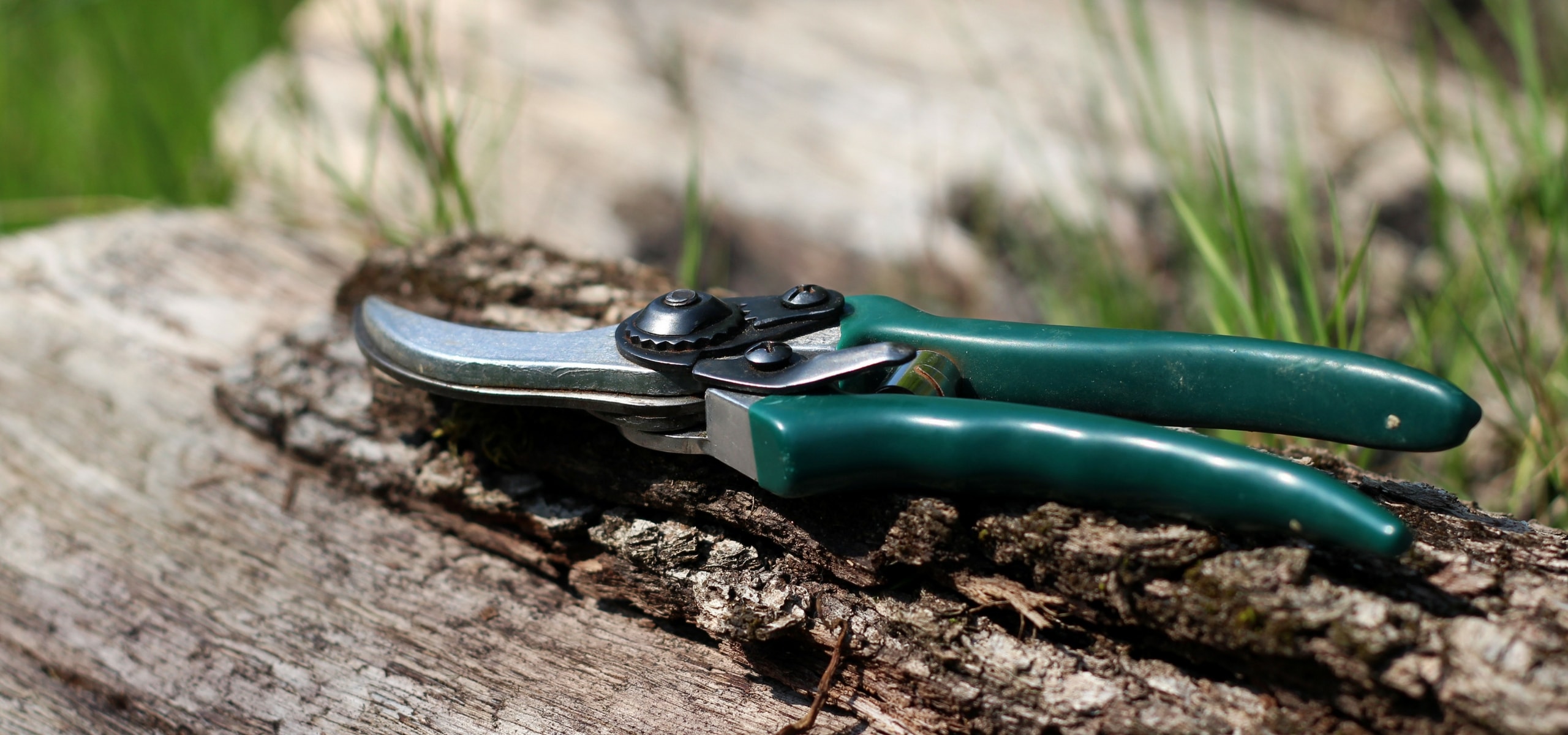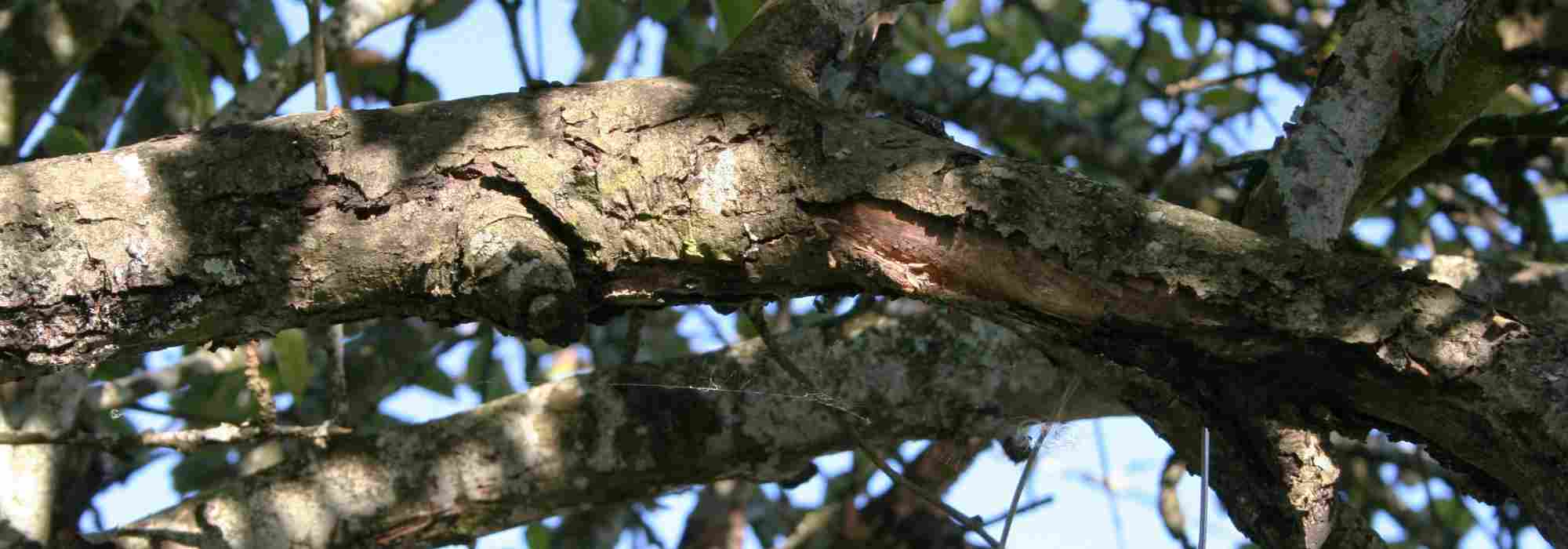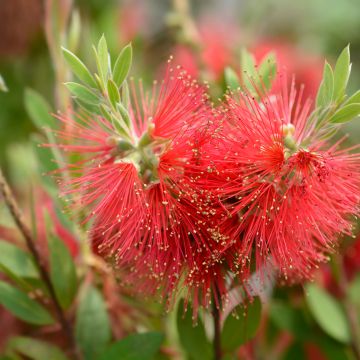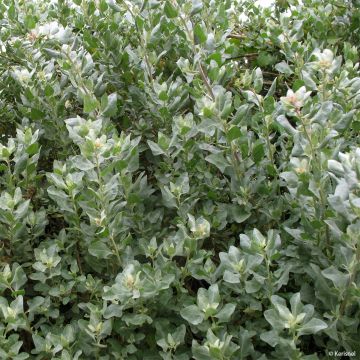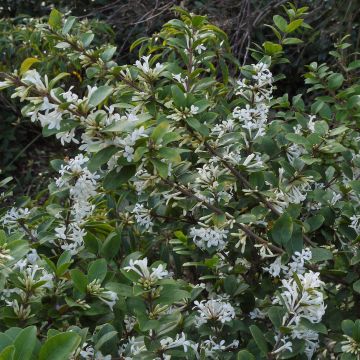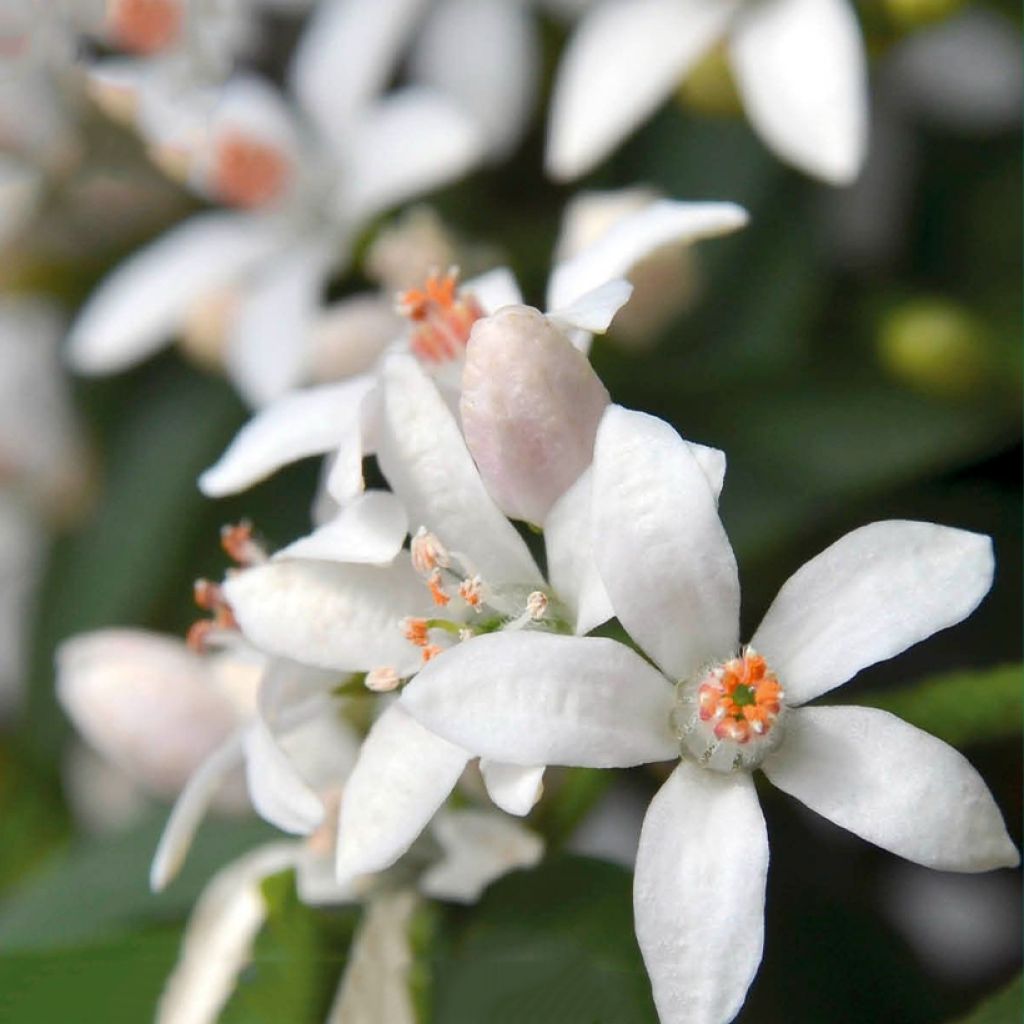

Philotheca myoporoides Flower Girl White
Philotheca myoporoides Flower Girl White
Philotheca myoporoides Flower Girl White®
Special offer!
Receive a €20 voucher for any order over €90 (excluding delivery costs, credit notes, and plastic-free options)!
1- Add your favorite plants to your cart.
2- Once you have reached €90, confirm your order (you can even choose the delivery date!).
3- As soon as your order is shipped, you will receive an email containing your voucher code, valid for 3 months (90 days).
Your voucher is unique and can only be used once, for any order with a minimum value of €20, excluding delivery costs.
Can be combined with other current offers, non-divisible and non-refundable.
Why not try an alternative variety in stock?
View all →This plant carries a 24 months recovery warranty
More information
We guarantee the quality of our plants for a full growing cycle, and will replace at our expense any plant that fails to recover under normal climatic and planting conditions.
Would this plant suit my garden?
Set up your Plantfit profile →
Description
Eriostemon myoporoides 'Flower Girl White' is a charming horticultural variety of an Australian bush suited to mild, rather dry climates. It forms a medium-sized erect clump with beautiful dark green foliage that is very aromatic to the touch. This dark vegetation particularly highlights the white flowering that blooms throughout spring, sometimes beginning in late winter and extending into early summer. The small star-shaped flowers have a waxy appearance, earning it the nickname Wax Flower, and emit a sweet, sugary fragrance, somewhat reminiscent of orange blossom. The young plant grows in neutral to moderately acidic soil, preferably in partial shade in warm regions, and tolerates dryness well once established. In cold climates, it should be grown in a pot to be brought into a cool but frost-free room during winter.
Eriostemon myoporoides, now called Philotheca myoporoides, is a member of the Rutaceae family. Holding more than 150 genera, several of which are common in our gardens, such as Mexican Orange Blossom (Choisya ternata), this plant family is also known and appreciated for hosting the large group of citrus trees. Little known in our latitudes, the Eriostemon genus nonetheless includes no fewer than 35 species of Australian evergreen bushes. In their natural environment, they are typically found in tropical forests, protected from direct bright sunlight by taller vegetation. The species E. myoporoides forms a bush less than 3 m tall, most often reaching 2 m in all directions and adopting a generally spherical habit, with numerous shoots of somewhat irregular size.
Philotheca myoporoides 'Flower Girl White' is a more compact cultivar of the wild species, usually limited to a height of 1.50 m, with a width of 1.20 to 1.50 m. Its silhouette is also more erect than the species, so it is sometimes planted as a low hedge in its native country. The foliage has the same appearance as the botanical species, but its colour is prettier. The slender, erect green shoots, covered with small cavities, are adorned with small, elongated leaves, measuring approximately 3 to 5 cm long and only 1 cm wide. They are a beautiful dark green with a slightly satiny surface, serving as a perfect setting for the light flowering. When crushed, they release a pleasant lemony scent, reminding us they belong to the citrus family. Beginning in winter as pink flower buds, the flowers bloom throughout spring, sometimes even extending into early summer. The flowers are small, measuring about 2 cm in diameter, but numerous. The corolla is formed of 5 petals giving it a star-shaped appearance, with a tuft of protruding stamens whose anthers (the part containing the pollen) turn orange, creating a subtle contrast with the surrounding white. The nectar-rich flowers are useful for bees and other pollinators.
This beautiful long-flowering bush will appreciate mild winters and non-scorching sun in slightly acidic soil. In the south, it should be planted under the dappled shade of taller plants. In climates that are too cold, where frost is frequent or occasionally sharp (the plant withstands brief cold spells of around -8/-10°C), it will need to be grown in a pot to be brought into a conservatory in winter.
Eriostemon myoporoides 'Flower Girl White' will create an original scene in a bed with other plants of exotic origin. Boronia heterophylla, with even narrower foliage, will be a good companion whose bright magenta flowers will contrast with the white of your Philotheca. Duranta repens, also called Golden Dewdrop, can be placed behind your Eriostemon. Its countless purple flowers that bloom against a superb bright green foliage are followed by just as many small decorative orange fruits that persist for a long time on the bush. Further in the background, plant a specimen of Erythrina crista-galli, a spectacular bush with long vigorous shoots adorned in summer with magnificent, very bright coral red flowers.
Report an error about the product description
Plant habit
Flowering
Foliage
Botanical data
Philotheca
myoporoides
Flower Girl White®
Rutaceae
Eriostemon myoporoides Flower Girl White®
Cultivar or hybrid
Planting and care
Culture:
Philotheca myoporoides 'Flower Girl White' is hardy down to -8/-10°C in very well-drained soil. It tolerates drought well once established, as well as sea spray. Plant it in the ground or in a container, preferably in spring. Choose a sunny or partially shaded position, which it will particularly appreciate in hot climates. The soil should be light and must be well-draining, with little or no lime, with the optimum being neutral to slightly acidic. A mixture of ericaceous soil, sand and compost is ideal. Water the Eriostemon with non-calcareous or slightly calcareous water in summer for the first two years when planted in the ground.
If grown in a container, it should be placed outside once heavy frosts are no longer a concern. Choose a large container, as the planting substrate should always retain some moisture. Store your Eriostemon frost-free in autumn, in a cold greenhouse or unheated conservatory, because it still needs some cold to induce its flower buds.
Pruning is not necessary, except to remove dead twigs or rebalance the habit. But to make it denser, you can lightly shorten the tips of the branches just after flowering. Later pruning will compromise the following year's flowering.
Propagation: by semi-ripe stem cuttings after flowering, placed in seed compost kept moist and under cover. Growing from seed is not easy.
Planting period
Intended location
Care
Planting & care advice
This item has not been reviewed yet - be the first to leave a review about it.
Similar products
Haven't found what you were looking for?
Hardiness is the lowest winter temperature a plant can endure without suffering serious damage or even dying. However, hardiness is affected by location (a sheltered area, such as a patio), protection (winter cover) and soil type (hardiness is improved by well-drained soil).

Photo Sharing Terms & Conditions
In order to encourage gardeners to interact and share their experiences, Promesse de fleurs offers various media enabling content to be uploaded onto its Site - in particular via the ‘Photo sharing’ module.
The User agrees to refrain from:
- Posting any content that is illegal, prejudicial, insulting, racist, inciteful to hatred, revisionist, contrary to public decency, that infringes on privacy or on the privacy rights of third parties, in particular the publicity rights of persons and goods, intellectual property rights, or the right to privacy.
- Submitting content on behalf of a third party;
- Impersonate the identity of a third party and/or publish any personal information about a third party;
In general, the User undertakes to refrain from any unethical behaviour.
All Content (in particular text, comments, files, images, photos, videos, creative works, etc.), which may be subject to property or intellectual property rights, image or other private rights, shall remain the property of the User, subject to the limited rights granted by the terms of the licence granted by Promesse de fleurs as stated below. Users are at liberty to publish or not to publish such Content on the Site, notably via the ‘Photo Sharing’ facility, and accept that this Content shall be made public and freely accessible, notably on the Internet.
Users further acknowledge, undertake to have ,and guarantee that they hold all necessary rights and permissions to publish such material on the Site, in particular with regard to the legislation in force pertaining to any privacy, property, intellectual property, image, or contractual rights, or rights of any other nature. By publishing such Content on the Site, Users acknowledge accepting full liability as publishers of the Content within the meaning of the law, and grant Promesse de fleurs, free of charge, an inclusive, worldwide licence for the said Content for the entire duration of its publication, including all reproduction, representation, up/downloading, displaying, performing, transmission, and storage rights.
Users also grant permission for their name to be linked to the Content and accept that this link may not always be made available.
By engaging in posting material, Users consent to their Content becoming automatically accessible on the Internet, in particular on other sites and/or blogs and/or web pages of the Promesse de fleurs site, including in particular social pages and the Promesse de fleurs catalogue.
Users may secure the removal of entrusted content free of charge by issuing a simple request via our contact form.
The flowering period indicated on our website applies to countries and regions located in USDA zone 8 (France, the United Kingdom, Ireland, the Netherlands, etc.)
It will vary according to where you live:
- In zones 9 to 10 (Italy, Spain, Greece, etc.), flowering will occur about 2 to 4 weeks earlier.
- In zones 6 to 7 (Germany, Poland, Slovenia, and lower mountainous regions), flowering will be delayed by 2 to 3 weeks.
- In zone 5 (Central Europe, Scandinavia), blooming will be delayed by 3 to 5 weeks.
In temperate climates, pruning of spring-flowering shrubs (forsythia, spireas, etc.) should be done just after flowering.
Pruning of summer-flowering shrubs (Indian Lilac, Perovskia, etc.) can be done in winter or spring.
In cold regions as well as with frost-sensitive plants, avoid pruning too early when severe frosts may still occur.
The planting period indicated on our website applies to countries and regions located in USDA zone 8 (France, United Kingdom, Ireland, Netherlands).
It will vary according to where you live:
- In Mediterranean zones (Marseille, Madrid, Milan, etc.), autumn and winter are the best planting periods.
- In continental zones (Strasbourg, Munich, Vienna, etc.), delay planting by 2 to 3 weeks in spring and bring it forward by 2 to 4 weeks in autumn.
- In mountainous regions (the Alps, Pyrenees, Carpathians, etc.), it is best to plant in late spring (May-June) or late summer (August-September).
The harvesting period indicated on our website applies to countries and regions in USDA zone 8 (France, England, Ireland, the Netherlands).
In colder areas (Scandinavia, Poland, Austria...) fruit and vegetable harvests are likely to be delayed by 3-4 weeks.
In warmer areas (Italy, Spain, Greece, etc.), harvesting will probably take place earlier, depending on weather conditions.
The sowing periods indicated on our website apply to countries and regions within USDA Zone 8 (France, UK, Ireland, Netherlands).
In colder areas (Scandinavia, Poland, Austria...), delay any outdoor sowing by 3-4 weeks, or sow under glass.
In warmer climes (Italy, Spain, Greece, etc.), bring outdoor sowing forward by a few weeks.






























